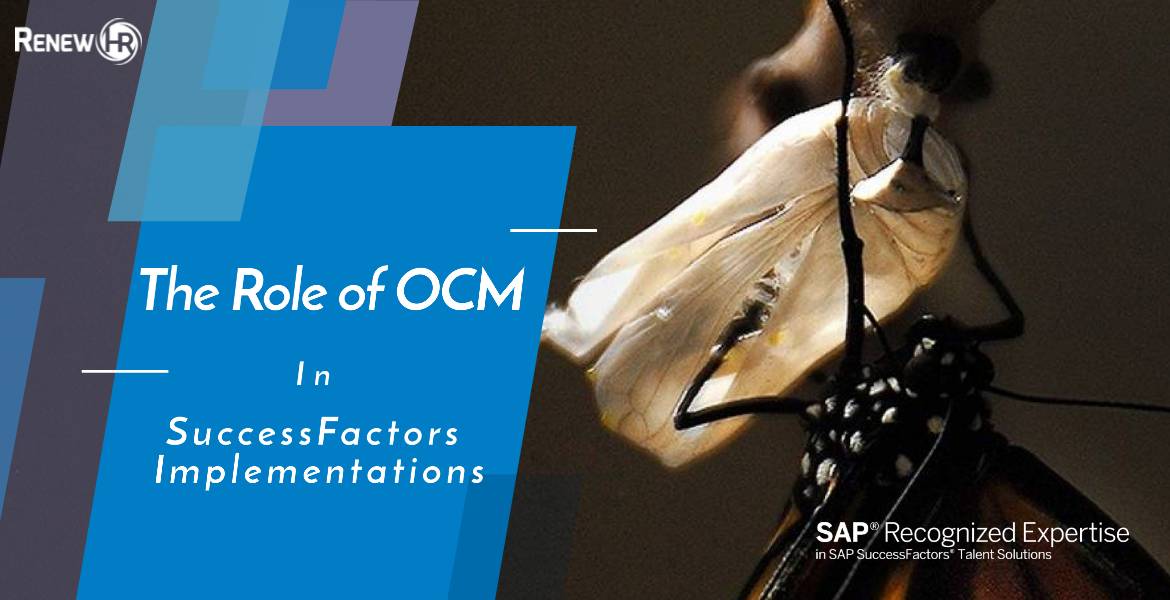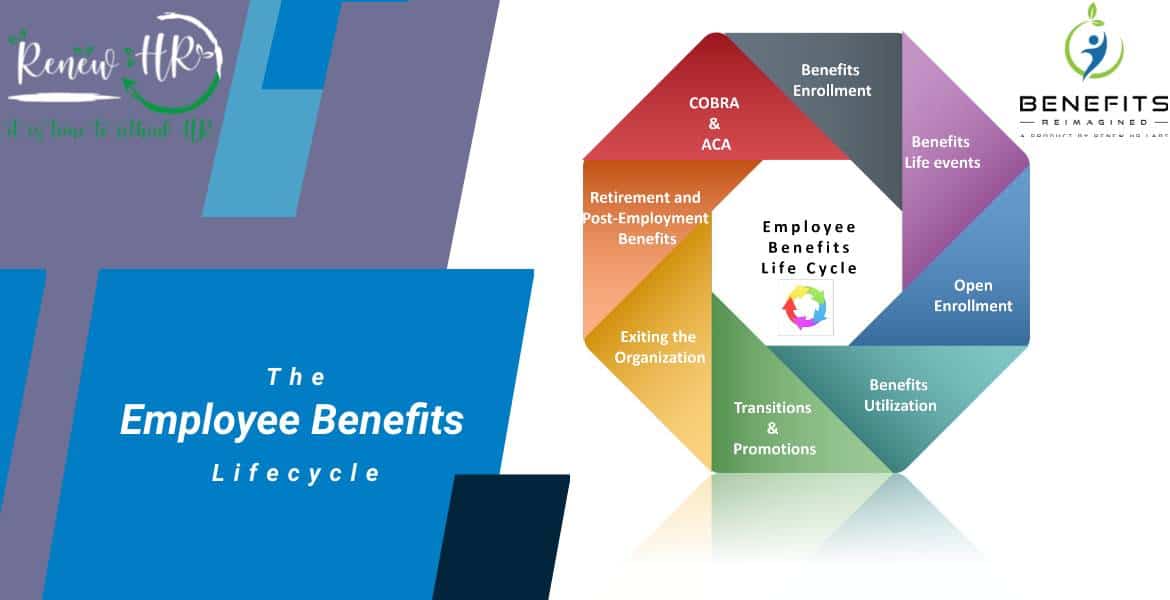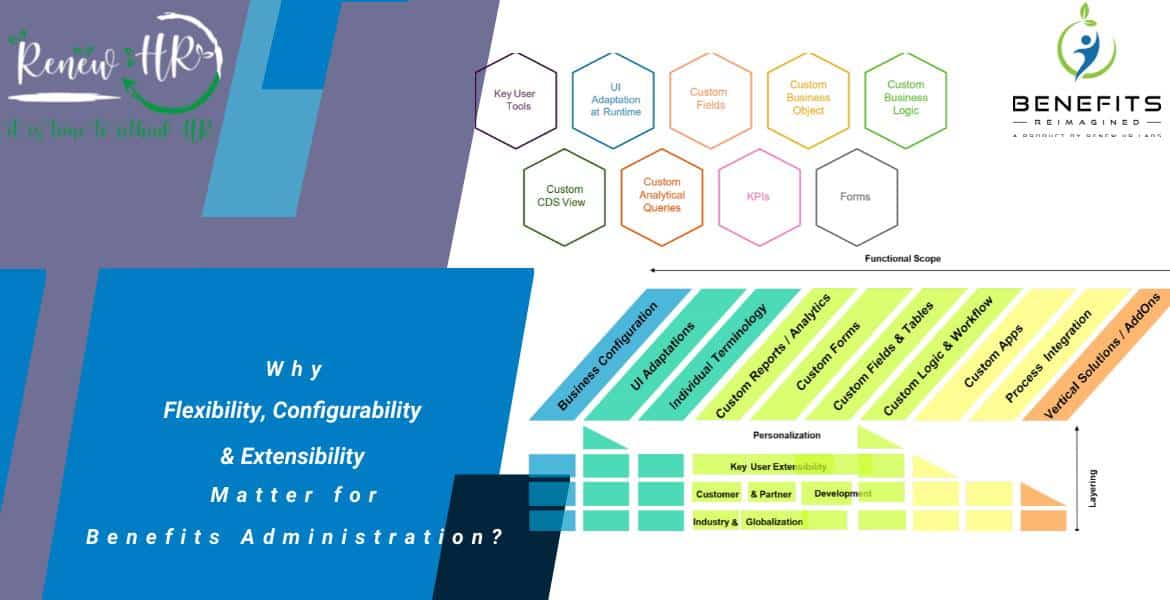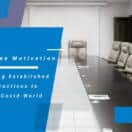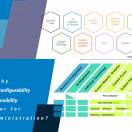
Cloud computing and software-as-a-service (SaaS) are high disruptive forces that can help organizations transform their HR operations and achieve more significant business impacts. It is crucial to understand the implications of cloud computing and the role of change management in this new world so that you can make informed decisions and leverage your investment.In this blog, I will try to explain my thoughts, experience, and understanding of change management and its impact on SuccessFactors.
SuccessFactors is a software-as-a-service (SaaS) solution that enables the HR function to cost-effectively integrate processes, improve operations, and standardize technology globally to achieve greater business agility. It is essential to understand the impact of change management in making the system adaptable for all.
Contents
What are the key benefits of adopting to SuccessFactors?
SuccessFactors with Core HR ( Employee Central), Talent Management, Learning, and Workforce Analytics allows the HR and business users to have a holistic view of the company and its workforce, which helps them to make the right decisions for the right set of individuals at the right time. More significant user experience allows enhanced adaptability and which in turn increases the productivity of the employees. The companies that use SuccessFactors for all their processes can have consistent processes for hiring, learning, succession, and performance management for the entire company. For senior management, this allows better availability of information, reporting, and actionable analytics for smarter decision-making.
The companies who are migrating to cloud-based products like SuccessFactors are mainly moving away from their decade-old ERP, homegrown or off-the-shelf systems. Moving to the cloud makes the HR and IT departments leaner and helps them focus more on strategic tasks than administrative tasks. A case in point could be a performance management process. Earlier, HR and IT spent more time and effort on building the solution and less on its adaptability and success.
Now with cloud solutions, they can focus on how to make it useful through a series of steps within the organization.The organization, as an entity, becomes more nimble and flexible.
Mainly the organizational service delivery consists of centers of excellence, employee service centers, and HR business partners. SuccessFactors, with its intuitive product design, intelligent services, and workflows, makes the integration of all the service delivery process seamless.

SuccessFactors also help in shifting many of the responsibilities through ESS, MSS, and employee service center to employees, managers, or to the service center agents. Hence, there is a lesser amount of administrative work on the HR, and the dream of an inverted Pyramid looks real.
On the other side, SuccessFactors makes the process of completing administrative and transactional tasks far more efficient for even service center agents, which makes them more useful.
Finally, no software can make HR strategic, but it does free up HR time so that they can actively look at things that are more strategic in nature. This could be an excellent beginning for most of the organization in the right direction.
Why is change management a crucial part of a SuccessFactors implementation?
Gartner studies indicate that 70 percent of IT implementations fail, and cloud migration assessments indicate that overcoming an organization’s cultural barriers is a frequent challenge. It is fascinating that the same solution is a big success in one organization and a massive failure in the other. Sometimes it is tough to pinpoint what went right and what went wrong.

During ERP implementations, most of the time, the blame is to come on to bad project management, poor quality blueprint, lousy implementation, lack of testing, training, and many such things, and they are still crucial in the cloud projects.
One significant thing that is different in cloud projects is that you are moving away from your current processes and adapting to the best practice solution offered by your vendor, i.e., SuccessFactors in this case. So what is the difference? The difference is a massive requirement of active change management efforts to help organizations in adapting to the processes offered by the cloud products.
The change management plan enables HR to secure stakeholders buy-in, and clarify everybody’s roles and responsibilities throughout the change process —from the SuccessFactors implementation to its adoption and beyond. The change management and communication plan helps HR leaders to keep employees informed from the start, show them how their job roles will change, and help them develop the skills they need to use the new system.
The following are a few areas that you need to take care off:
- A clear communication strategy is to explain to everybody why you’re moving away from your current situation to SuccessFactors. This will prepare everybody for future changes gradually. The surprise is one thing that most of the employees will not like in this situation
- Articulate how SuccessFactors will help the organization and how this change is aligned with the overall business objectives of the organization.
- Cloud touches every employee in some way or the other, even though some employees may get more affected than the others, depending on their role. Cloud processes are state of the art and built on best practices hence enables a lot of ESS and MSS in everything. Therefore the role change has to be articulated positively much before the training process starts in the organization. One would see a spike of service tickets in the initial month’s post-implementation, but if your change management process is effective, it would eventually stabilize to an acceptable number.
- One should also be prepared for post-implementation upgrades, which are two times a year, and bring in many changes and innovation along with them. This is again a very different concept than what on-premise users are used to, so the change management and communication is pretty much a continuous process.
Identify the change management challenge that you would face in your organization?
A “one-size fits all” change management approach does not achieve organizational change in SuccessFactors implementations. Every organization is different, and their challenges are also are very different from each other.
Culture plays a significant role in deciding how much effort will be required for the right kind of cloud adaptability for the organization.
One must also understand that SuccessFactors isn’t a turnkey solution. Instead, just like any other software on-premise or in the cloud, it demands process and talent framework, data migration, integration, testing, training, and support, even though the nature of many of these are very different in the cloud than it was in the on-premise software.
One of the worst things that can happen is that you put all of this time, energy, and effort into implementing SuccessFactors, and then utilization is low.
Organizations need to partner with their vendors to implement a change management solution that encompasses both the current business state and the future cloud-based environment.

There are different ways an organization can assess their readiness or the need for change management, much before the SuccessFactors implementation. If you have never conducted an HCM Health check in your organization, then that is the first thing to start with. This activity will give you many pointers regarding where the organization stands in regards to essential dimensions like Strategy, People, Process, Service delivery, Organization structure, and Technology.
You will know where the organization stands today and where the desire is to go in the future. This can be followed up by an organization-wide “Design Thinking” session to understand the most crucial factor in user adaptability, the user itself. Through design thinking, you can focus on the users (Personas) and find out what exactly would be the solution that would be required for your organization, keeping the employees in mind. In the end, the success is dependent not on what the software does, but it’s what the user does.
Design Thinking Approach
The concept is very clear from the word go, that to be successful, you need to have an effective change management process, and you need to understand the need of your employees to have an effective change management process. Design thinking certainly can help you in that regard. We should always remember that “technology changes; humans don’t.”

Practical Change Management Approach for SuccessFactors implementations?
As discussed earlier, the approach that you take depends on various factors, and something that has worked for one company in a different situation may or may not work for you. But there are some general rules all organizations can follow.
The approach that we recommend is a Methodology interconnected with SAP’s Activate methodology for SuccessFactors implementation; this helps in having an integrated plan for both Change Management and SuccessFactors Implementation.
Change Management Approach for SuccessFactors Projects
Strong Sponsors and Leadership are essential for organizations to realize the benefits of cloud solutions. The leadership support should be very definite and visible to the entire organization. Make sure you create Superusers or Solution champions for your organization. Train them well, make them understand their role clearly, and you have a bunch of leaders who can advocate the advantages of the program during and even after the implementation is over.
Even after the implementation is over, these employees can help in ways of intelligent troubleshooting and assist in navigation each time a quarterly upgrade is introduced.
Change communication plans must make employees understand the solution provider’s value and capabilities, and why and how it is going to be essential for the organization and themselves.
SuccessFactors, unlike many other cloud solutions, follow the approach of “start anywhere and go everywhere,” which means everything is not implemented at the same time, or everything is not implemented for the entire organization at the same time. This gives the organization the opportunity or the ability to deploy the right solution for the right set of people. However, during the design phase, it is crucial to get everyone’s perspective on any issues that could ultimately affect them. And for change management to be successful, they need to know that their point of view is considered even if they are not going to use the system right away.

It is essential that everybody in the organization feels that they have a stake in the program and an opportunity to contribute to the decision-making process. The last thing people should think about is that the initiative is being thrust upon them. As the saying goes, “if you’re not part of the solution, you’re part of the problem.”
Training remains one of the most crucial ingredients for the change management success
The role of training can’t be underestimated in SuccessFactors implementation and becomes a crucial parameter for the success of your change management program. Your training approach will depend on what fits your culture, and the types of solutions you are implementing can include virtual online training, classroom training, or training through social media or peer group.
- The employee benefits lifecycle - 04/08/2023
- Why Flexibility, Configurability & Extensibility matter for Benefits Administration? - 02/08/2023
- The communication challenges - 31/07/2023


